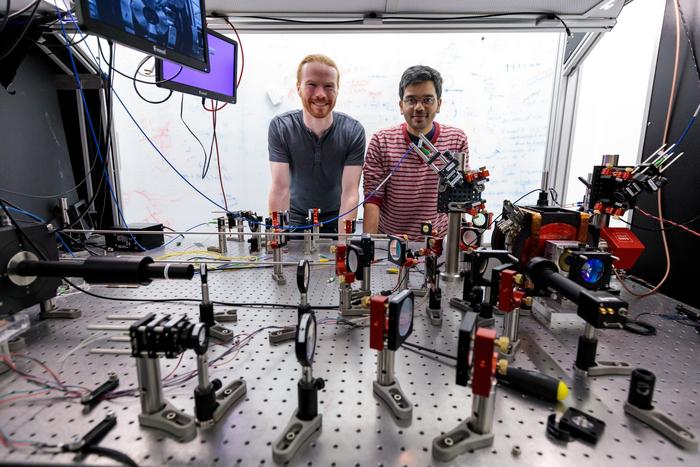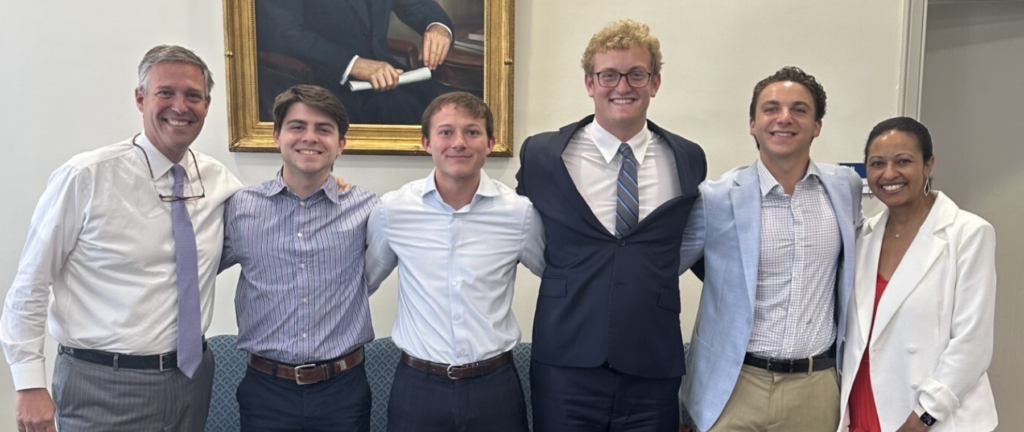Insider Brief
- A quantum communication technique could help secure Web 3.0 against the formidable threat of quantum computing.
- Long-Distance Free-Space Quantum Secure Direct Communication (LF QSDC) could secure data by enabling encrypted direct messaging without the need for key exchange.
- The team said the technique is meant to offer a robust defense in the rapidly evolving digital landscape.
A team of Chinese scientists introduced a quantum communication technique that they say could help secure Web 3.0 against the formidable threat of quantum computing.
Their approach, called Long-Distance Free-Space Quantum Secure Direct Communication (LF QSDC), promises to improve data security by enabling encrypted direct messaging without the need for key exchange, a method traditionally vulnerable to quantum attacks.
They add the approach not only enhances security but also aligns with the decentralized ethos of Web 3.0, offering a robust defense in the rapidly evolving digital landscape.
The scientists who published their findings on the pre-print server ArXiv, say the advance addresses a critical concern in the era of quantum computing: the vulnerability of Web 3.0’s cryptographic foundations. As quantum computers become more powerful, they threaten to break the encryption that safeguards digital communication, posing a severe risk to the security and privacy of online interactions.

According to the study, LF QSDC is fundamentally different from and more secure than traditional cryptographic methods, including Quantum Key Distribution (QKD). While QKD focuses on securely exchanging keys between parties, LF QSDC enables the direct transmission of encrypted messages without the need for a key exchange. This method effectively removes a critical vulnerability, as the exchange and management of keys often present opportunities for interception and exploitation by adversaries.
The technical explanation provided by the researchers for LF QSDC includes several innovative components. One such component is the memory-free DL04 protocol, which facilitates secure communication by ensuring that quantum information can be transmitted directly between parties with reduced risk of interception. Additionally, the study highlights the use of quantum-aware Low-Density Parity-Check (LDPC) coding, which enhances the robustness of the communication against errors and eavesdropping. Furthermore, the integration of Pointing Acquisition and Tracking (PAT) technology addresses the practical challenges of establishing and maintaining a stable quantum communication channel over long distances, even in the presence of atmospheric disturbances.
Not Just For Games
It’s not just gaming and Web 3 social interactions that they want to help protect. They expect the metaverse to facilitate important functions and carry out a range of transactions.
The researchers write: “With the widespread adoption of Web 3.0 technology in sectors ranging from finance and healthcare to supply chain management and further, the need for strong security measures is escalating at an exponential rate. Quantum computing’s rise has escalated demand, paving the way for substantial market potential in quantum-secure Web 3.0 technologies.”
The scientists offer a list of LF QSDC benefits in the study. To begin with, the approach offers a higher degree of security in an era where traditional cryptographic methods are increasingly under threat. By eliminating the need for key distribution, it also simplifies the process of secure communication, making it more efficient and less prone to attack. Finally, the technology’s ability to operate over long distances with high reliability opens up new possibilities for global secure communication networks, which are essential for the decentralized and interconnected nature of Web 3.0.
Despite these advancements, the researchers do say there are certain limitations and developing the actual system faces several challenges, particularly in scaling. The implementation of LF QSDC on a global scale faces theoretical and technological hurdles, including the need for significant advancements in quantum communication infrastructure and the challenges associated with scaling the technology for widespread use. Additionally, while LF QSDC is designed to be resilient against both quantum and sophisticated classical attacks, the evolving nature of cyber threats means that continuous research and development are necessary to maintain this security advantage.
However, if it is eventually successful, this technology offers a path towards a more secure Web 3.0, albeit with the understanding that further advancements and refinements are needed to fully realize its potential.
“The commercial argument supporting the use of LF QSDC in Web 3.0 technology is persuasive, presenting a route to robust, quantum-tolerant decentralized networks prepared for the complexities of the quantum computing age,” the team writes in the study.
The researchers include Yew Kee Wong from Hong Kong Chu Hai College and Yifan Zhou, Xinlin Zhou, Yan Shing Liang, and Zi Yan Li, all from BASIS International School Guangzhou in Guangzhou, China.
If you found this article to be informative, you can explore more current quantum news here, exclusives, interviews, and podcasts.




















